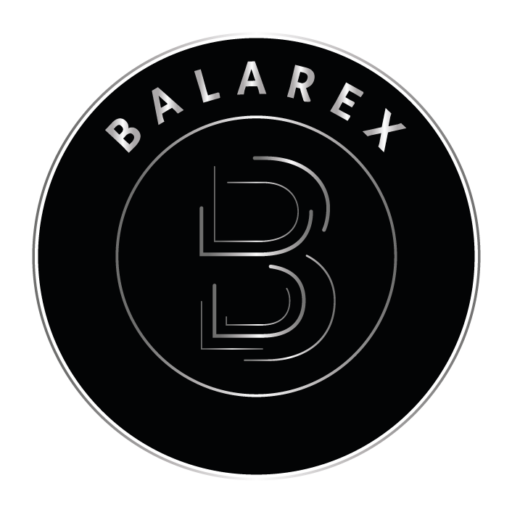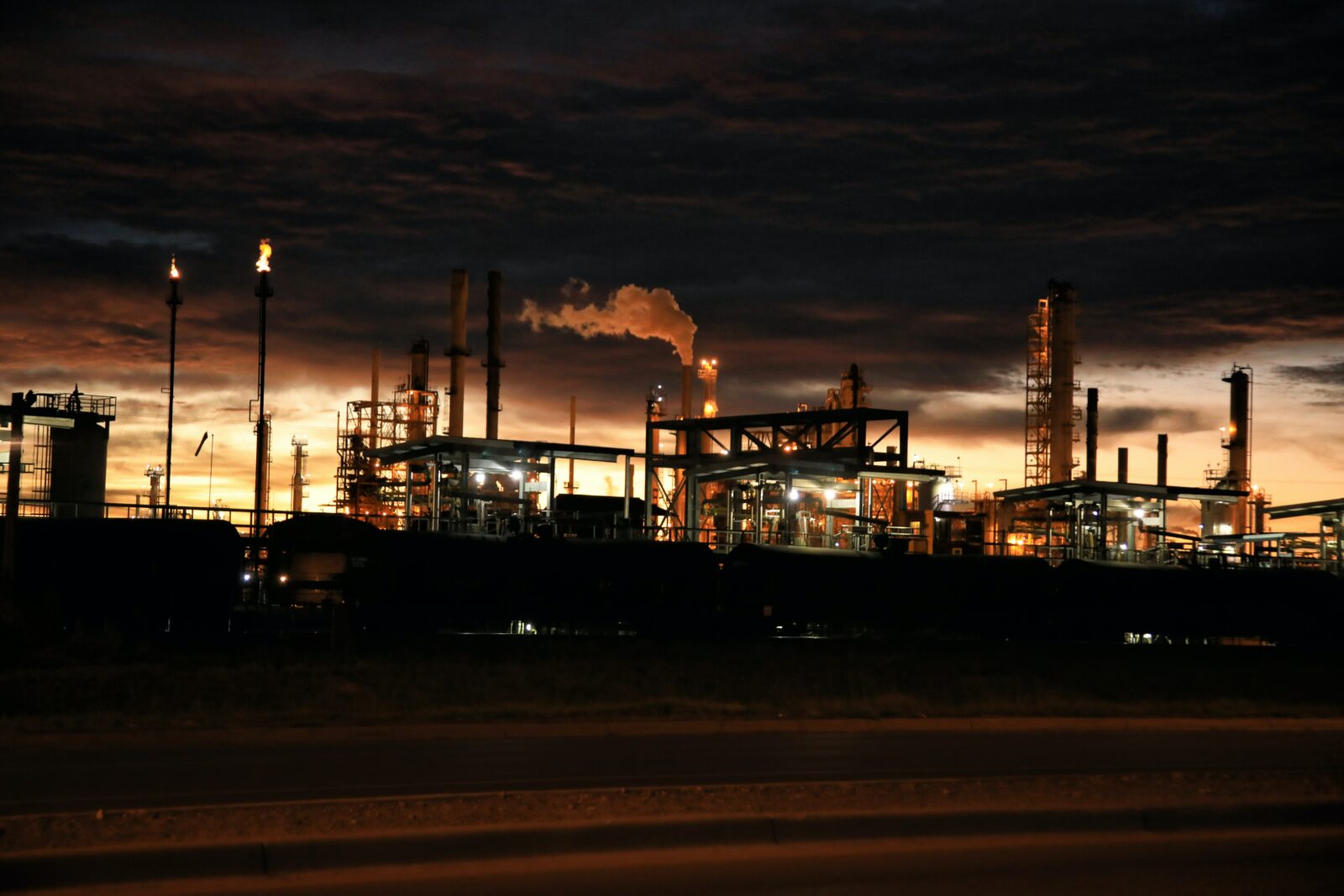Case Study

Build a new international energy-solution business unit from scratch (350M€, 450FTE) for a leading European utility company
Problem Statement
Gain a significant share of the energy-solution market and actively help B2B customers to achieve their sustainability targets.
Context
One of the biggest European utility companies wanted to set up a new energy-services business due to the growing demand for tangible energy-efficiency solutions that deliver sustainability benefits. Expertise, skills and experience were in limited supply and the board decided to build a new business unit (start-up) outside the existing cooperate and regional unit structure, reporting directly to the board of directors.
Approach
The first step was to create a team of energy-solution experts, mostly recruited from outside the company, and to apply the seven-step process with a particular focus on:
- Market analysis, customer feedback, competition analysis focusing on Europe
- Design of the value chain and business models, and identifying critical success factors
- Develop a phased strategic plan (1, 3 and 5 years)
Key findings
1. MARKET & CUSTOMERS: The energy-solutions market will grow to over €50B by 2025, with an 8-10% compound annual growth rate. Competition was fragmented, with many small local companies and a few regional players. None of the competitors had a market share of more than 5%.
Customers are looking for a trusted partner to help them achieve their energy reduction and sustainability targets. These targets are becoming more ambitious every year. However, other capex priorities and lack of energy expertise mean that customers are generally failing to achieve those targets.
2. SOLUTIONS, VALUE CHAIN, BUSINESS MODELS: Consulting, software, contracting and operation have proved successful solutions. A wide range of technology is being utilised such as combined heat and power plants, solar, storage, boilers, chillers, heating and ventilation, heat pumps, lighting, building control and demand response. Various business models (e.g. energy-performance contracting, design and build and SaaS) are being used in the market. All in all, there was a complex pallet of options to choose from, with diverging profitability and risk profiles.
3. INTERNAL STRUCTURE, CUSTOMER CONTACTS: Regional units have ownership of regional P&L and customer engagement for the regular commodity retail business. Regional teams have limited expertise in energy solutions, and the majority of customer engagements are at procurement level. There were over six million existing B2B customers in eight countries.
Solution
STRATEGY & STRUCTURE – A standalone start-up approach was taken to ensure the right internal setup, with the required agility and flexibility to accommodate a strong growth business. Fit-for-purpose cooperate governance was implemented in order to preserve the entrepreneurial spirit in newly acquired firms. The new standalone unit included representation from all disciplines such as Sales & Marketing, Engineering, Operation and Service as well as support staff (Finance, HR, Legal).
PHASED APPROACHED – A three-phase build-up plan was developed. i) Build critical mass through one or two large acquisitions; ii) Depending on step 1, proof of profitable results and market development, a ‘string of pearls’ acquisition strategy was chosen in order to acquire complementary expertise, solutions and market entry capabilities; iii) Transform the standalone business unit into a competence centre capable of supporting all ten regional units.
COMPREHENSIVE PORTFOLIO OF SOLUTIONS – In order to provide differentiation from the numerous competitors and become a trusted energy partner, a complete offering was developed. This ranged from feasibility studies and digital solutions to energy-performance contracting (financed asset solutions with guaranteed energy and carbon-emissions reductions). In addition, an Energy Management Centre was set up to provide additional 24/7 energy-efficiency services.
INNOVATION & DIGITALISATION – Operational efficiency and new digital solutions were developed through proactive scouting for digital start-ups, focusing on advanced analytics, machine learning and artificial intelligence. Examples include i) Digital Energy Management Centre, ii) SaaS Energy Management Software, iii) Manufacturing insights data platform, iv) Virtual power plant.
Board approval & Implementation
Due to the start-up structure, bi-monthly board approval was required in order to secure funding for the next steps or initiate a new due diligence process. A total of five acquisitions in four countries were finalised as well as six minority stakes in innovative start-ups in the USA and Europe.
All acquisitions were consolidated and integrated into one energy-efficiency business unit and one overall value proposition was developed.
In step 3 of implementation, lead generation was extended by transforming and training some of the sales employees of the B2B/SME regional unit.

turnover
€350M

Investments
€175M
Results
In the space of three years, the energy-solution business was brought from concept to a real business with €350M in turnover, positive EBITDA and over 450 employees in six countries. More than 500,000 sites and assets are managed by the Energy Management Centre, and more than €175M in investment in energy and heat generation assets have been delivered and are being operated under an energy-performance contract. Customers are benefiting from an annual reduction in CO2 emissions of 600Ton and €65M in cost savings.


